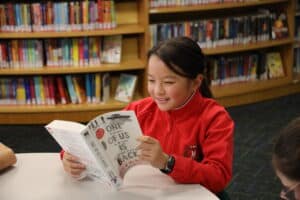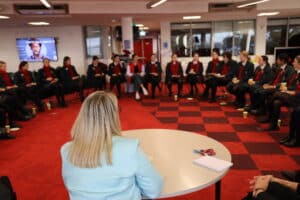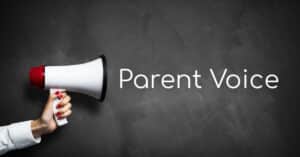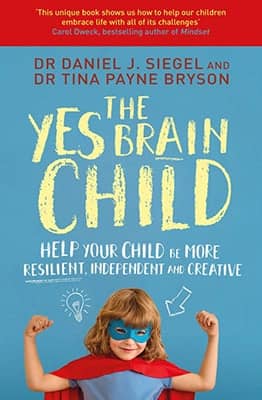Fake News or Fact – Jennifer Oaten
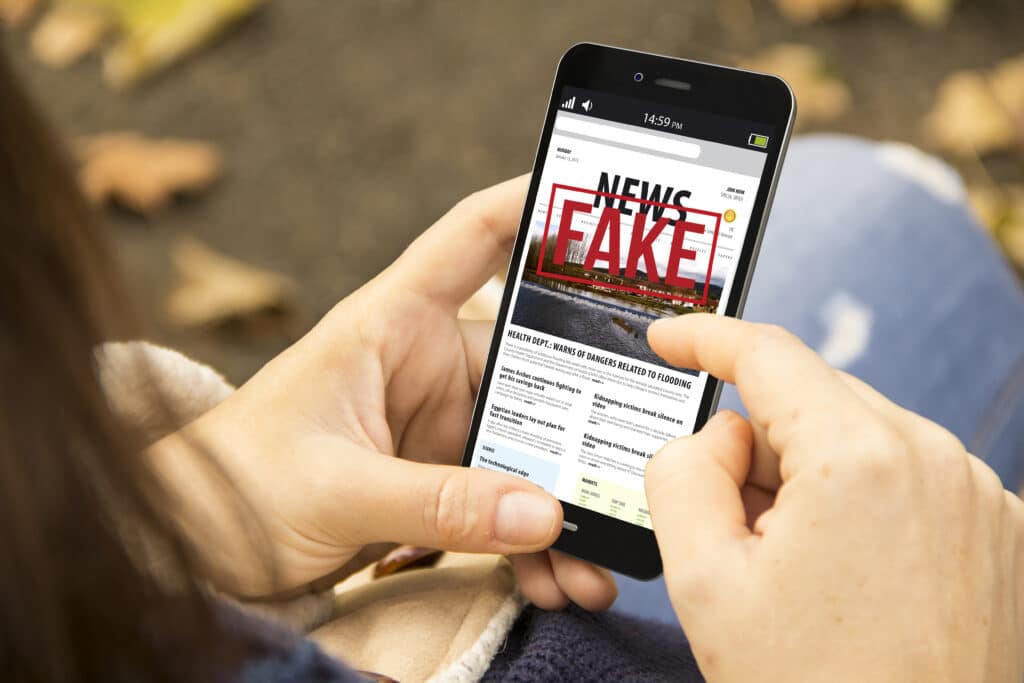
Young people today are bombarded with a vast array of information. A huge amount of their news is from social media feeds, where false, exaggerated or sponsored content is often prevalent. Anyone can post a story online, and it can travel rapidly to millions of people in seconds, whether it is true or not. Anyone can attract followers, no matter what their message or content.
The incredible volume of content makes it challenging to discern fact from fiction and impacts our ability to identify the trustworthiness of information. Fake news has the power to normalise prejudices and, in extreme cases, to justify and encourage different behaviours. Social media rapidly amplifies misinformation and can influence people’s opinions and decisions. The 2016 American Presidential Election is an example of how fake news can significantly affect the outcome.
Fake news can be defined as fictitious articles deliberately fabricated to deceive readers or as a term used to describe fictional news stories made up to support specific agendas.
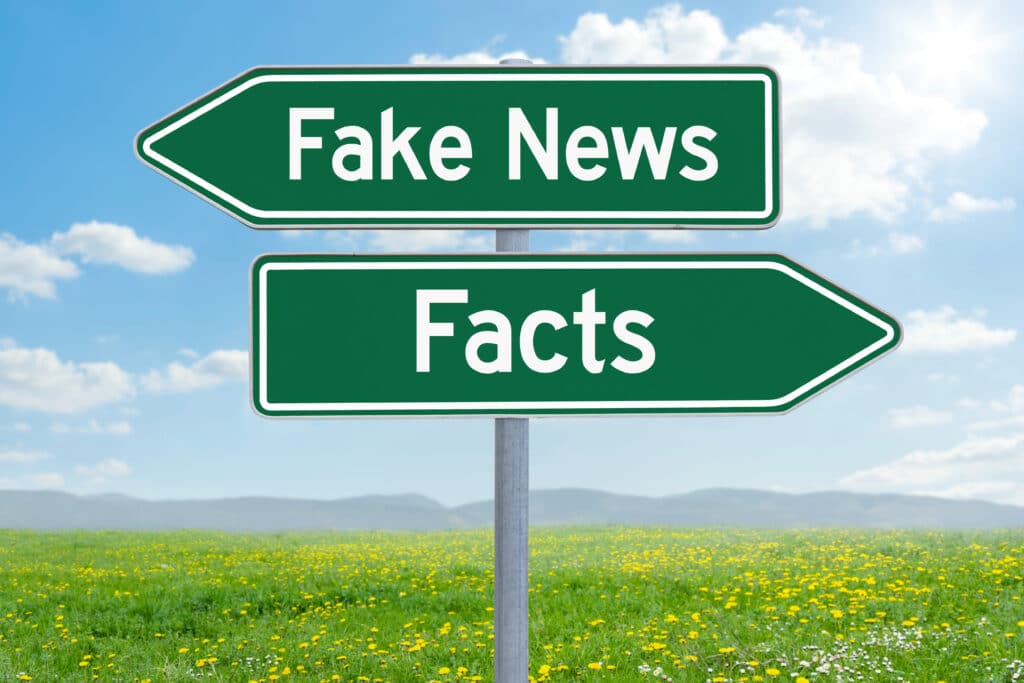
The Importance of Evaluating Information
When scrolling on our phones, we need to question what we read and watch. Media literacy is no longer optional; it is a necessity for navigating the digital age. As digital platforms evolve and artificial intelligence becomes more prevalent, we must become adept at identifying biases and recognising misinformation.
It is so difficult to get young people off devices, so perhaps more of our energy needs to go into developing their understanding of online environments and their need to evaluate rather than accept all information.
Therefore, we must equip our students with robust media literacy skills to critically evaluate content and make informed choices. We are committed to providing an education that develops these essential skills.
Determining the Accuracy of Information
Before trusting that information is accurate, we need to check that it is not false or misleading. The following questions may be helpful.
- What is the source of the information, who and where it was posted?
- Who is the intended audience of the post?
- Who benefits from this post?
- Who might be influenced or harmed by the post?
- Has any information been omitted from the post that might be important?
- Are sources of information stated?
- Does the post use sensationalist imagery with links to other information?
- What other viewpoints should be considered?
- How does the information compare to other posts on the same topic?
- What is your own bias that may cause you to interpret information in a particular way?
Even being aware of the above questions can make us more alert to the accuracy of information.
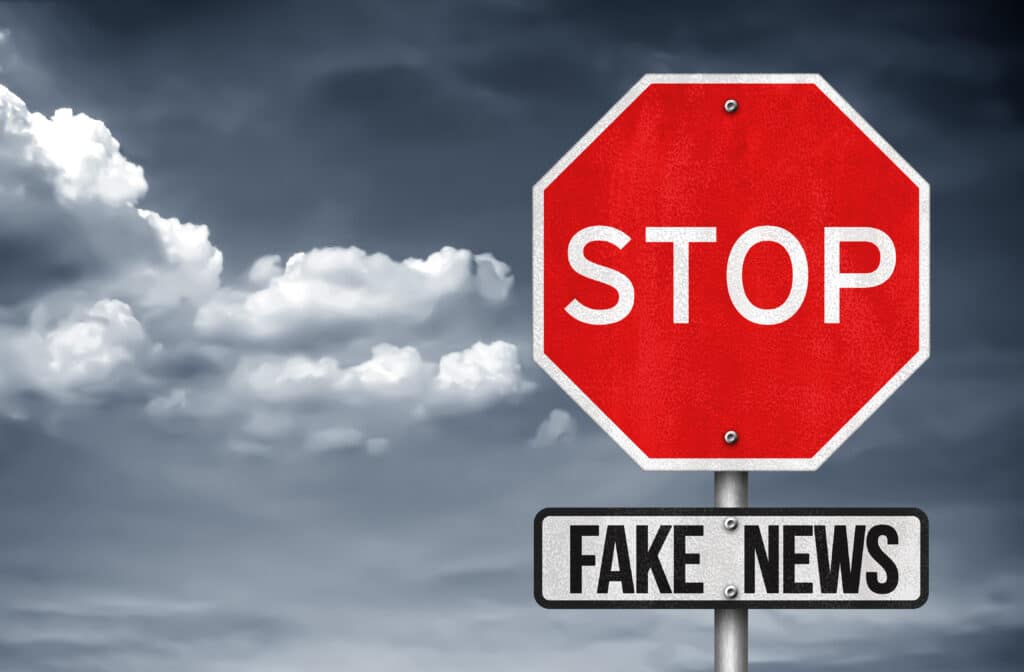
How Can Schools Promote Media Literacy?
Interactive learning is crucial in engaging students and reinforcing media literacy concepts.
Critical thinking skills are key for students to develop. These skills enable them to identify bias, understand how bias operates, and objectively consume online content.
Schools can provide opportunities for students to:
- Evaluate sources, understand misinformation tactics, and recognise the role of algorithms.
- Be involved in “Spot the Fake” challenges, where they learn to identify false information across various media, such as analysing fake news headlines or manipulated images.
- recognise and address biases in an environment where students are encouraged to question and analyse diverse perspectives.
- Be immersed in a culture of critical thinking in all subject areas, which promotes respectful dialogue that discusses, compares, and collaboratively seeks the truth.
- Become aware that all information online has some degree of bias. The goal is not to eliminate bias entirely, as that is impossible, but to recognise and account for it when evaluating online content.
- Complete reflections on their own media consumption to understand media’s influence on their perceptions.
- Engage in projects that promote ethical online behaviour and content creation, becoming responsible media creators rather than just being consumers.
We need all young people to feel empowered to navigate the digital world with confidence and discernment
Parents are also vital in reinforcing media literacy. Dinner table conversations about fake news are a great way to raise awareness and discuss content young people view online.
Our mission is clear, to equip our students with the critical skills to navigate the digital world, identifying biases and misinformation. We hope to build these skills through comprehensive education, engaging real-world learning opportunities, and cross-curricular collaboration.
Let us work together to raise a generation that can confidently navigate the digital era with critical understanding, an eye for fake news and an ability to make informed decisions.

Embracing the Spirit of Giving: Winter Appeal 2024
Our 2024 Winter Appeal showcased our community’s generosity, supporting local outreach agencies through donations and service.

Cassie’s Story: Journalist to Company Director
Cassie Silver (Class of 2006) shares her story from journalist to Company Director, highlighting the importance of resilience and authenticity.
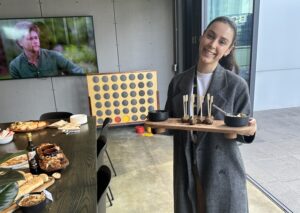
From Santa Maria to Global Tech: Elisha’s Inspiring Journey
Discover Elisha Bethe’s (2017) inspiring journey from Santa Maria College to a successful career in technology and law.
- Featured
Author: Santa Maria College
Santa Maria College is a vibrant girls school with a growing local presence and reputation. Our Mission is to educate young Mercy women who act with courage and compassion to enrich our world. Santa Maria College is located in Attadale in Western Australia, 16 km from the Perth CBD. We offer a Catholic education for girls in Years 5 – 12 and have 1300 students, including 152 boarders.
